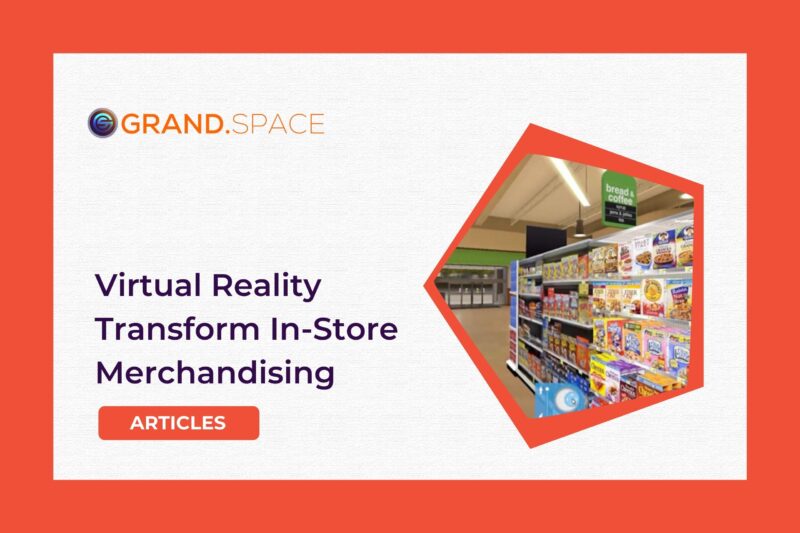Virtual reality (VR) simulation is arguably the most talked-about tech solution in grocery today. It aims to drive faster, smarter and more profitable decisions by enabling retailers to ideate new in-store concepts, evaluate them with test shoppers, and activate those concepts.
The technology is “a good value,” Tom Wozbut, director, category analytic and shelving hub, Kellogg Co., said in a presentation he did at the Western Michigan University 2017 Food Marketing Conference last month along with Jason Smith, VP, customer service, InContext, its VR technology provider.
Mr. Wozbut cited a few examples of how Kellogg has successfully used its virtual reality solution.
In one case, a retail buyer challenged competitors to improve the shop-ability and navigation in the cookie/cracker/on-the-go aisle. VR video showed a walk-through down the aisle, and the presentation refuted a concept that signage above the aisle was ineffective
In a different usage, the VR technology let store managers see what displays would look like in their environment for big events. Said Mr. Wozbut, “They can get a feel for how big the display is and can start thinking about how it fits in their store. It’s much more impactful than walking in with a sheet of paper.”
To increase sales of Pringles, Kellogg tested shelf arrangement performance indicators. Previous tests had indicated that the best-selling red can of Pringles Original should be moved to the bottom shelf, but VR found that vertical ribboning of the popular product resulted in significantly higher sales and a big increase in category penetration. Also, it only took two weeks to develop the market recommendation.
“So we are rolling this out nationwide right now,” Mr. Wozbut notes.
In the future, consumers may use virtual realities in e-commerce to have a real shopping experience instead of browsing a series of pages, Mr. Wozbut notes. This could result in additional sales of related items or impulse products. “Seventy percent of e-commerce trips are to buy one item, so there’s not a lot of impulse,” he says.
